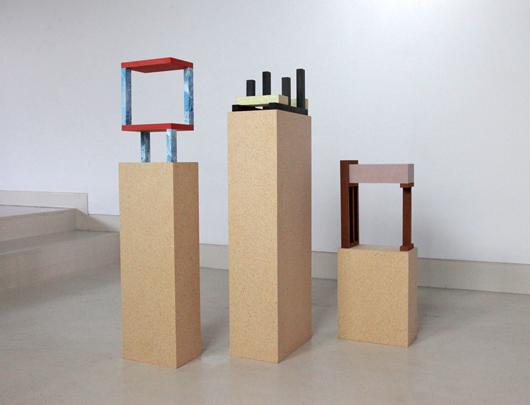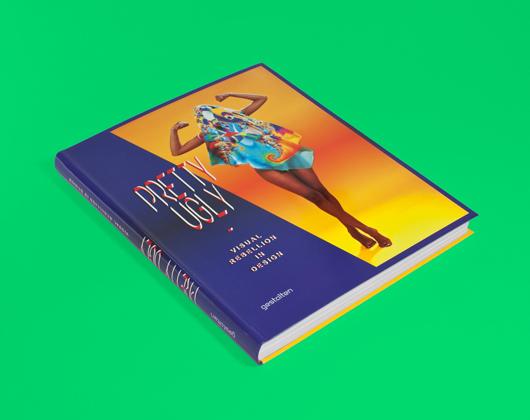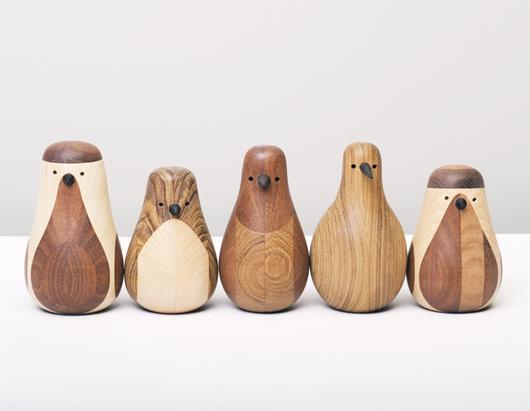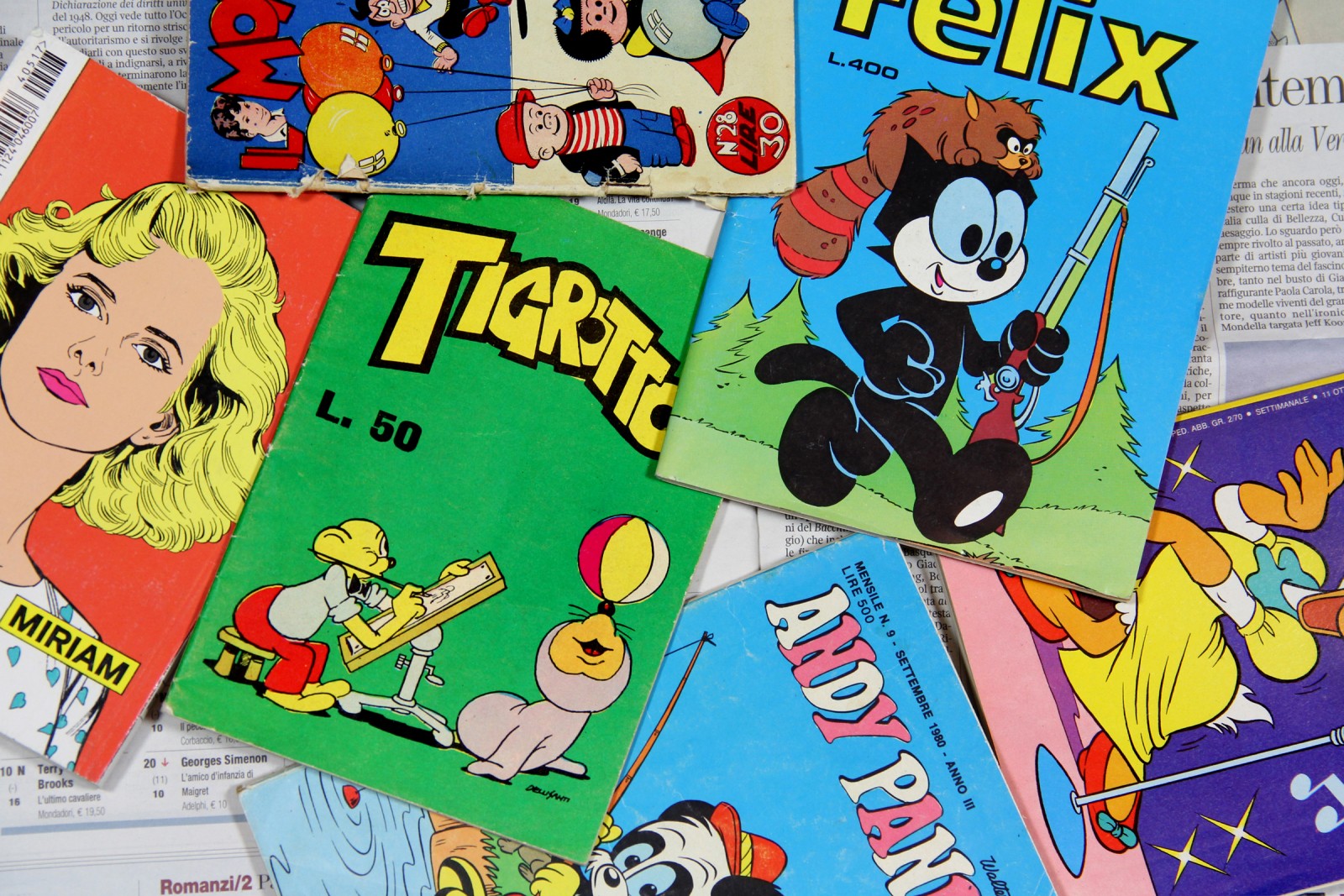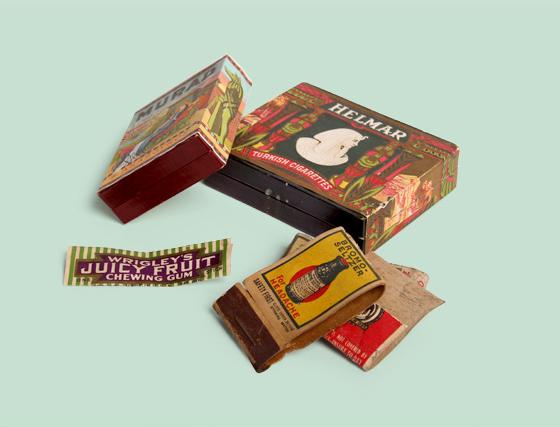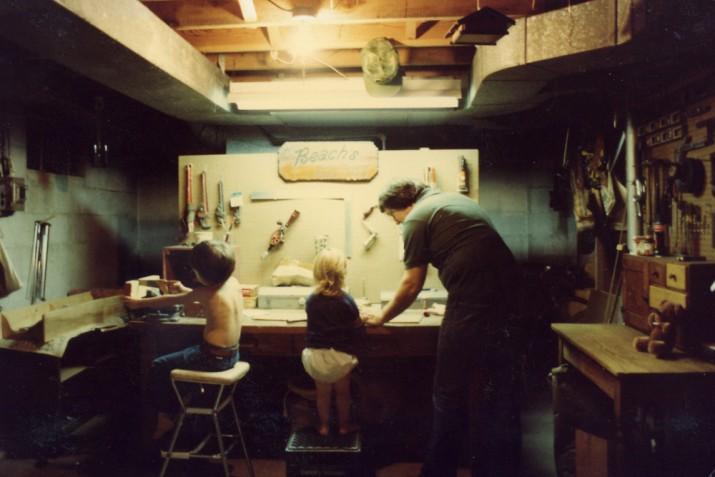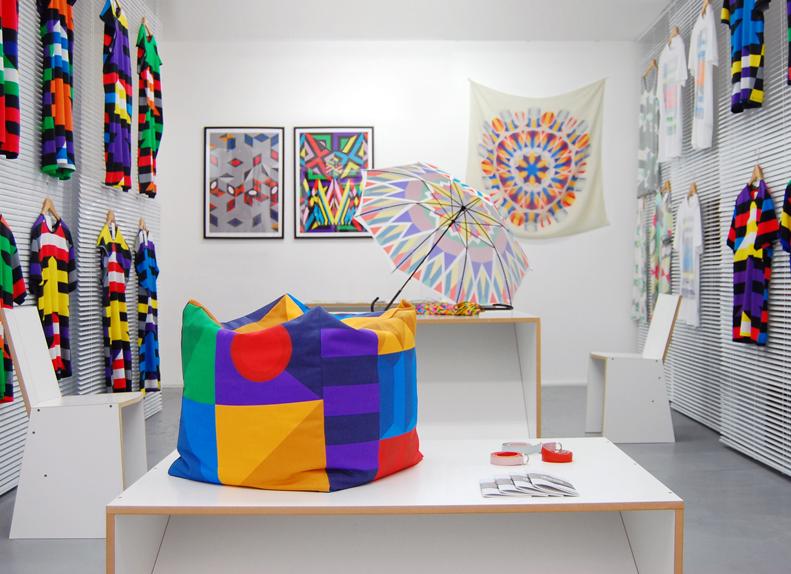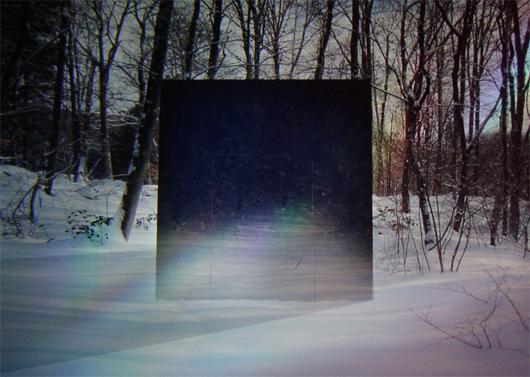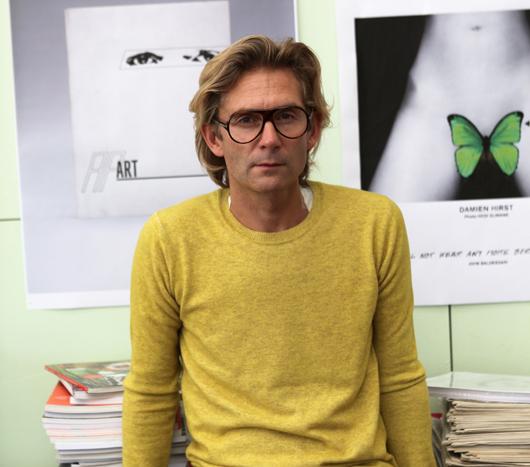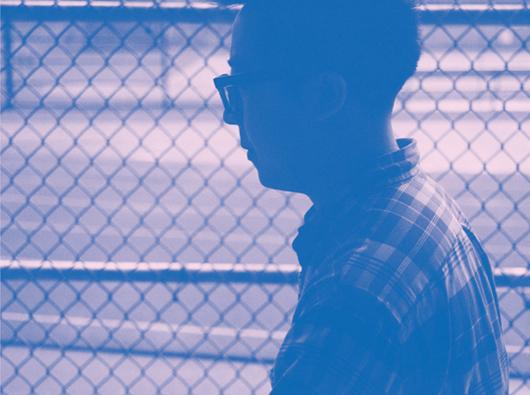
10.03.12
Studio Visit
Axel Peemöller, the Mediterranean Sea
On gloomy New York days like today, we begin to think that Axel Peemöller might be on to something. The German-born graphic designer studied in Düsseldorf, moved to California, and eventually settled in Melbourne, but a few years ago he gave it all up for a studio at sea. Aboard a 40-foot-long 1974 Trintella — which he purchased off eBay from a Barcelona woman for a song — Peemöller lives with his girlfriend and works remotely for clients and studios, docking when he needs to visit a colleague or use power to light a photo, and flying clients in to whichever port he’s landed. And while it’s not to say that life at sea is never gloomy, Peemöller finds that a fluid perch makes for a clearer head: “To do creative work, you need to have a balance between life and work and fun,” he says. “Here I can go diving, watch dolphins, catch octopus: I guess the not-working days are like holidays for other people, but for me it’s my usual life.”

